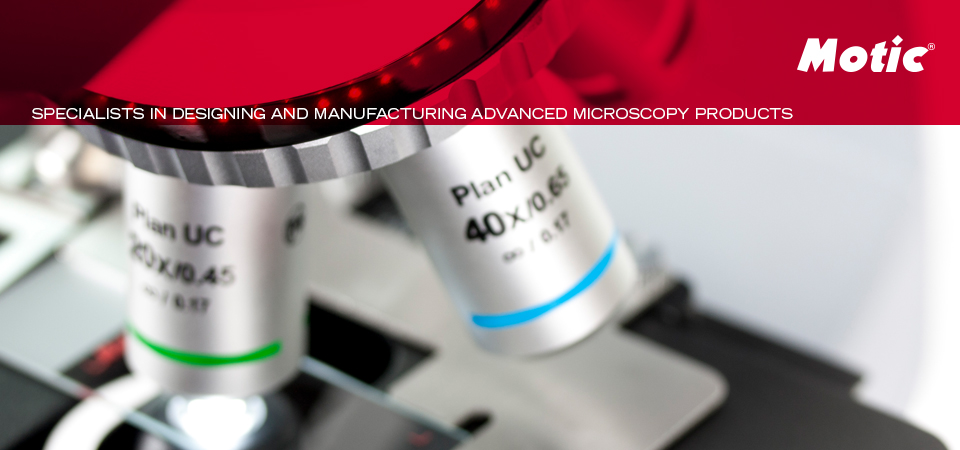Tuesday 23 June 2020
Sambucus, breathing through the cork layer
Cork is formed by a cambium layer that itself almost always arises as secondary meristem from the collenchyma or parenchyma layer directly under the epidermis. Unlike sclerenchymal cells, collenchymal cells are still alive and have retained the ability to differentiate. Cork cambium cells only divide periclinally, creating the typical rows of daughter cells. In this way mainly cork cells are produced to the outside and to a much lesser extent (sometimes not at all) cork parenchyma is produced to the inside. Cork cambium, cork cells and cork parenchyma together are also called periderm. Developed cork cells are dead and their cell walls contain suberine, a greasy substance that repels water.
Wednesday 17 June 2020
Chloroplasts - the solar panels of the plant cell
We have known for many years that plants get their energy from the sun. But turning sunlight into usable energy requires some special hardware, and this is where chloroplasts come in. Chloroplasts are microscopic structures present in most plant cells. In fact, they are present in such high numbers that you can see them without a microscope as the green color of plants. The chloroplasts green color is due to the presence of a green pigment called chlorophyll, which absorbs both red and blue lightwaves from the sun and reflects green light giving the pigment its green color. The red and blue sunlight (energy) absorbed by the molecule is then able to drive photosynthesis which happens in the chloroplasts.
Monday 15 June 2020
The horsetail – a widespread group of vascular plants with an interesting history
A great part of our fossil fuels is based on distant relatives from our present horsetails. During the Carboniferous, this group of plants attained almost worldwide distribution: arborescent lifeforms up to 30m. The decay of these trees under anaerobic conditions, later additionally under high pressure and high temperatures finally formed coal, still one basis of fossil energy.
Today the horsetails are worldwide in distribution except for parts of Australasia. In Middle Europe a plant height of 1m is remarkable.
The most conspicuous morphological feature of a horsetail is the segmentation of the shoot into nodes and internodes. This is why these plants are also called the “articulate”.
Equisetum telmateia Equisetum telmateia (note the jointed stem)
Today the horsetails are worldwide in distribution except for parts of Australasia. In Middle Europe a plant height of 1m is remarkable.
The most conspicuous morphological feature of a horsetail is the segmentation of the shoot into nodes and internodes. This is why these plants are also called the “articulate”.
Wednesday 10 June 2020
It looks like a miniature pine forest
Hippuris vulgaris or Marestail is a common swamp and pond plant. This plant is counted among the oxygen plants because the underwater leaves also produce a lot of oxygen and it resembles Elodea (waterweeds) The piece that is a few decimeters above the water looks like a small pine tree. Marestail can form large masses and propagate by means of rhizomes. It prefers to grow on clay soil and in particular in brackish water. A Marestail field looks like a miniature pine forest.
Wednesday 3 June 2020
Euglena - part plant, part animal
Cells with a nucleus are called true cells, or eukaryotes, which can be further subdivided into kingdoms like plant and animal. Plant cells and animal cells are different in their components and structure, but some organisms does not fit as neatly into these little boxes and can be tricky to place on ‘the tree of life’. One of these is the single celled organism euglena.
Euglena with clearly visible red eyespots
Tags:
Alga,
algae,
BA Elite Series,
BA310 Elite,
BA310E,
Euglena,
Freshwater,
microscope,
microscopy,
motic,
MOTIC EUROPE,
Moticam Pro S5 Lite,
Moticam S Series,
science
Subscribe to:
Posts (Atom)





